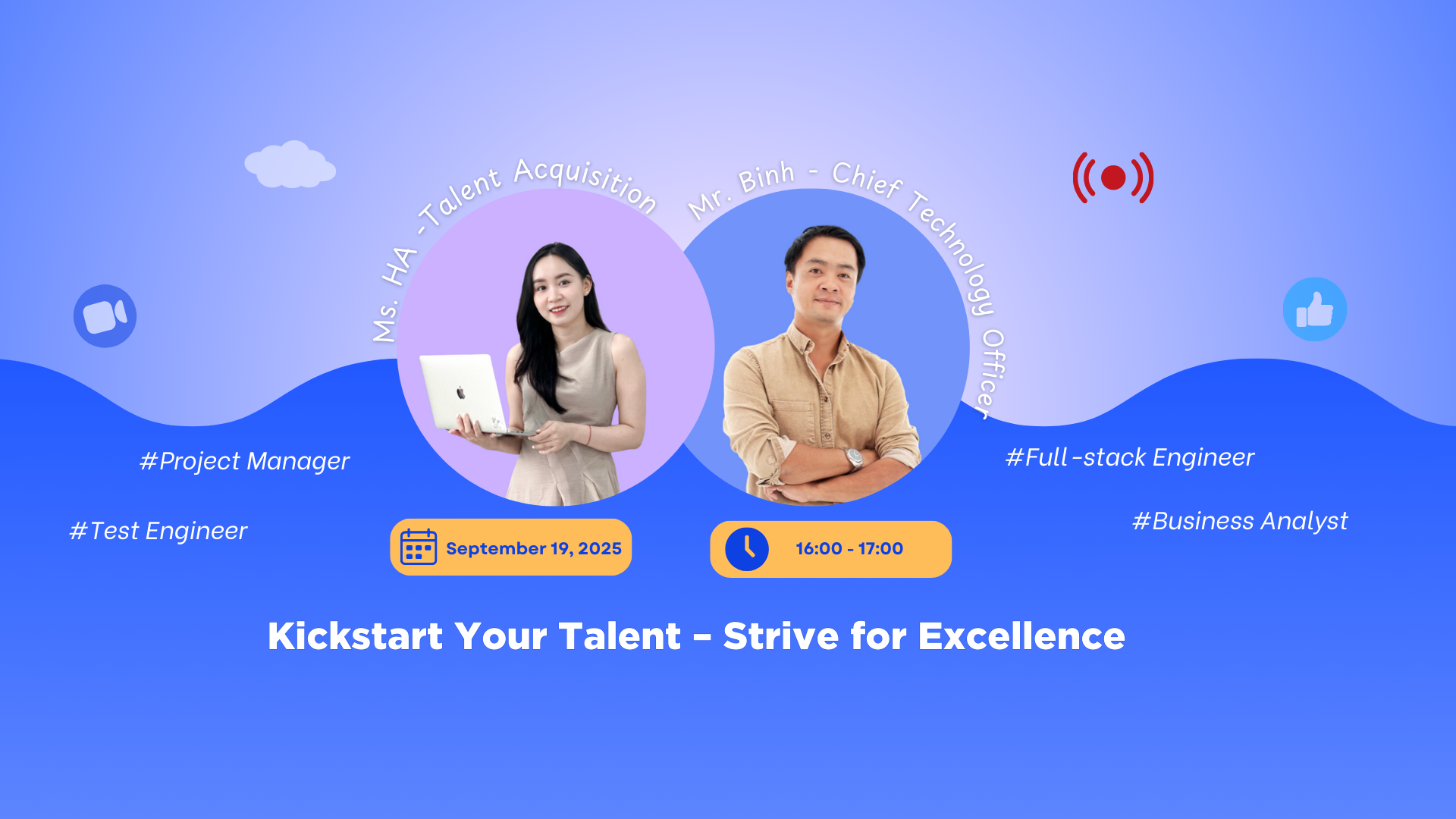When working with Japanese clients, have you ever heard complaints like: “Japanese clients are too rigid” or “Their requirements are annoyingly detailed”? Many of these are actually misconceptions — or misunderstandings rooted in a lack of deep cultural awareness. Below are 5 common myths and the truths behind them that anyone working with the Japanese market should know:

1. Misconception: “Japanese clients are slow decision-makers”
📌 Where it comes from:
In many outsourced IT projects for Japan, Vietnamese teams often send proposals and wait a long time without receiving feedback. Meanwhile, Western clients tend to respond quickly, often within days. This leads to the impression that Japanese clients are indecisive and slow.
❓ Why this belief exists:
The Japanese decision-making process is highly consensus-driven.
All proposals must be reviewed from lower to higher levels through a system called Ringiseido.
They require internal agreement to maintain harmony and long-term sustainability.
🧠 In reality:
The slower pace is intentional to avoid costly mistakes after implementation.
Once a decision is made, they rarely change it and remain loyal to their partners.
They’re not slow — they’re systematic and cautious.

2. Misconception: “Japanese people are rigid and resistant to new ideas”
📌 Where it comes from:
When proposing new frameworks or modern features, Japanese clients often respond cautiously or reject them if not clearly understood. This is misinterpreted as being “conservative”.
❓ Why this belief exists:
Japanese culture prioritizes safety and risk control, especially in a society shaped by the consequences of past industrial accidents and scandals.
They follow the principle: “If it’s working, don’t change it.”
Their systems are highly structured — any change requires retraining, rewriting SOPs, and new maintenance.
🧠 In reality:
The Japanese embrace controlled innovation (kaizen).
You can introduce new processes or frameworks — even Agile or ad hoc approaches — as long as you have a strong rationale and prove value through small PoC projects.
Agile is gaining ground in Japan (e.g., Organizing for Speed: Agile in Japan, 2020 と Agile Development in Japan: The Current Situation, June 2025).

3. Misconception: “Japanese clients only want to work with Japanese vendors”
📌 Where it comes from:
Many Vietnamese companies lose bids to Japanese vendors, even when their quality and price are better. This makes teams feel like “no matter how hard we try, we’ll never beat a domestic vendor.”
❓ Why this belief exists:
Most Japanese people are not fluent in English and feel more comfortable working with someone who understands their language and culture.
They fear “losing face” if foreign partners misunderstand subtle cues.
Japanese vendors are easier to manage in terms of legal and contractual obligations.
🧠 In reality:
Japanese clients are open to foreign partners — if you can prove capability and reliability.
Many Vietnamese companies have broken this barrier by:
-Having bilingual BrSEs who understand Japanese culture.
-Working professionally and consistently meeting deadlines.
-Building personal trust through visits, thoughtful gifts, and good client service.

4. Misconception: “Japanese clients are overly detailed and mechanical in their requirements”
📌 Where it comes from:
Japanese projects often require extremely detailed test cases, screen-by-screen documentation, continuous reviews, strict coding conventions… making developers and PMs feel exhausted or “over-managed.”
❓ Why this belief exists:
Japanese culture values perfection in craftsmanship (monozukuri).
They design for long-term operations — easy for future maintenance and onboarding.
They’ve learned costly lessons from small errors causing big consequences.
🧠 In reality:
Once you understand their logic, you’ll see these processes are designed to reduce errors と cut costs over time.
Plus, templates and checklists can be reused to speed up future projects.

5. Misconception: “Japanese clients are vague and hard to understand”
📌 Where it comes from:
When you ask, “Do you agree?”, a Japanese client might just smile, nod slightly, or say, “We’ll consider it.” This leaves Vietnamese teams confused: “So… yes or no?”
❓ Why this belief exists:
Japanese communication avoids direct confrontation to maintain harmony (tatemae vs honne).
Not saying “No” outright is a form of politeness, not indecision.
They expect you to read context, tone, and expression — which clashes with Vietnamese directness.
🧠 In reality:
Once you understand this rule, you can reverse-engineer their feedback.
Use confirmation skills: send meeting recaps, ask for clarification using choices (Option A or B) instead of Yes/No questions.
🛠️ So, how do you reduce misunderstandings and increase project success with Japanese clients?
At Mynavi TechTus Vietnam, we’ve learned from both successes and failures with Japanese clients to develop the TechTus Offshore Framework — a project delivery framework focused on:
✅ Enhancing output quality and
✅ Ensuring customer satisfaction
TechTus Offshore Framework enables tight control over project scope, timeline, cost, quality, and client feedback. It also supports automated reporting with accurate, timely data for all stakeholders — from the Board of Directors (BOD) to project and resource managers.
🔗 Learn more about the TechTus Offshore Framework here: https://mynavitechtus.com/how-mynavi-techtus-vietnam-eliminates-offshore-failures-with-our-framework/




